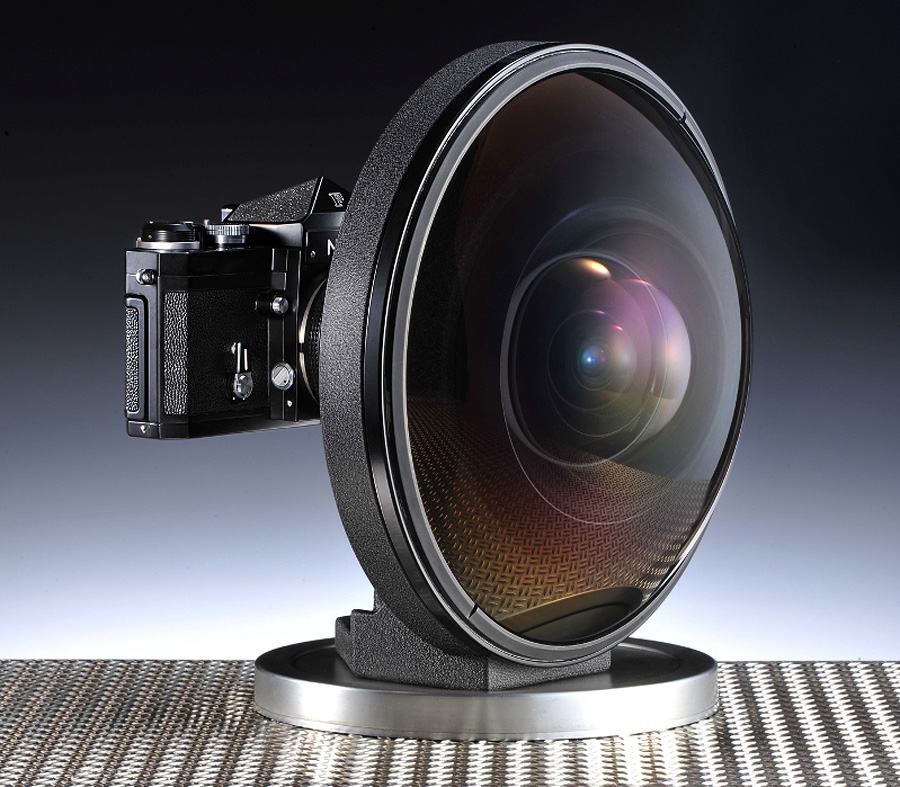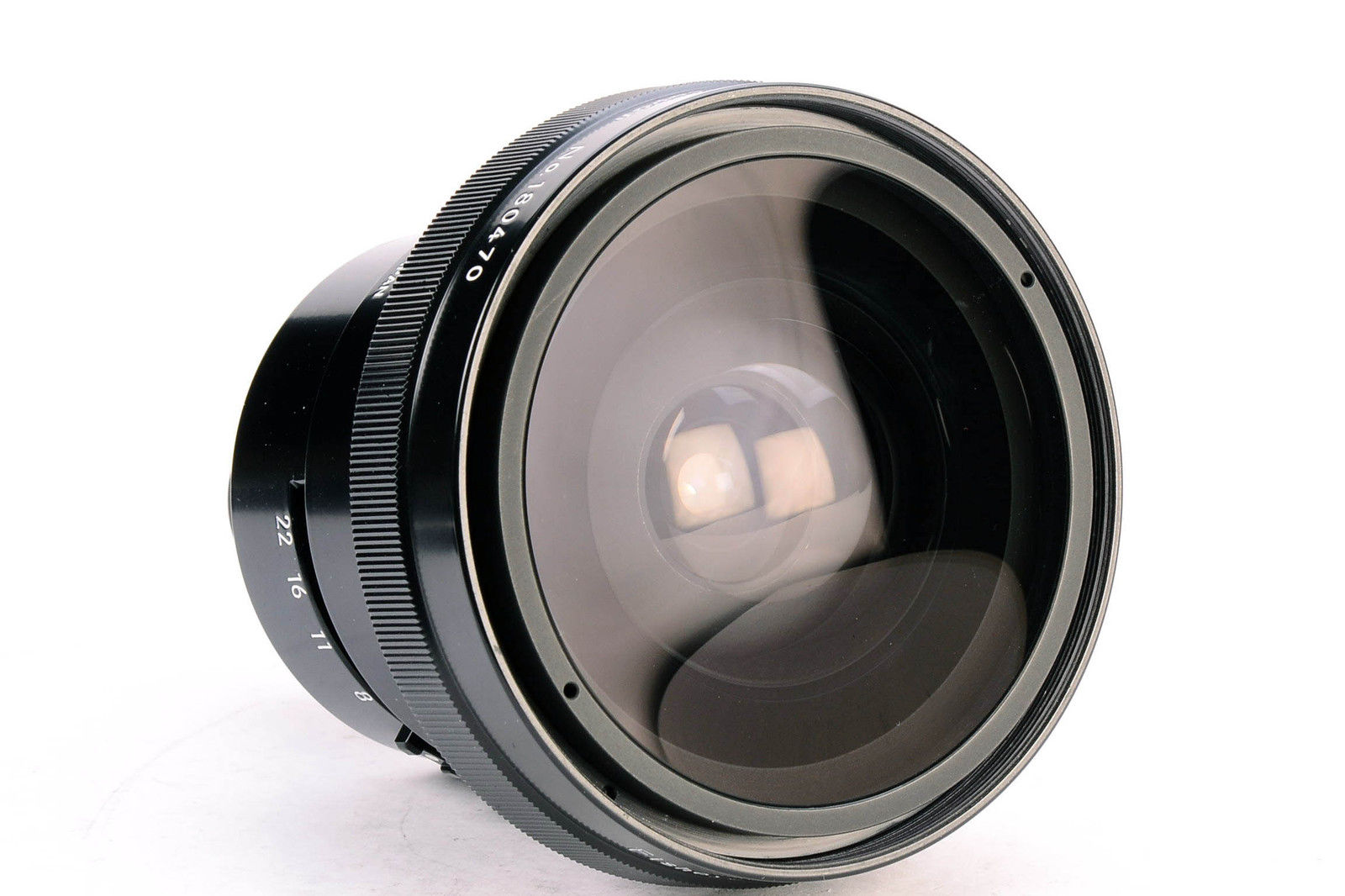
It’s hard to put your finger on it, but the actual rectilinear frame from the 14mm just looks better than the computer approximation applied to the 16mm fisheye. Looking at the side by side comparisons above, I prefer the overall look from the 14mm versus the corrected 16mm fisheye. Is The Nikon 14mm f/2.8 Worth $1000 More Than The 16mm f/2.8 Fisheye?īoth of these lenses seem to do much the same job, and produce very similar results. All other processing is the same for both images. Here are three scenes side by side – the before image is from the 14mm f/2.8 while the after image is from the 16mm f/2.8 fisheye with a lens profile correction applied. With a one click lens profile correction, the images from the 16mm fisheye look very similar to the images captured by the 14mm (I did not crop these images, but they would look even more similar with the corrected fisheye images slightly cropped in). The Nikon 14mm f/2.8 offers a 114 degree angle of view, compared to 180 degrees for the 16mm fisheye. Field of View: 14mm Rectilinear Lens vs 16mm Fisheye Lens Having said that, the 16mm fisheye isn’t great at f/2.8 either, but overall I find that images from the 16mm fisheye are definitely sharper overall.

I know that the 14mm f/2.8 has a great reputation as a sharp ultra-ultra wide and obviously there is distortion in the corners – but since the whole point of spending a small fortune on an f/2.8 lens is to shoot at f/2.8 and the way this lens stretches out the corners – I just feel underwhelmed every time I use it. I find the 14mm to be noticeably soft (especially wide open at f/2.8) with atrocious stretched-out distortion and vignetting in the corners. Let me premise this with a disclaimer – I am not a big fan of the image quality of the Nikon 14mm f/2.8 on modern high pixel count cameras. Nikon 16mm f/2.8 fisheye (left) vs Nikon 14mm f/2.8 (right) Image Quality

The Nikon AF Nikkor 14mm f/2.8 ED lens costs $1891.95 versus the Nikon AF Fisheye Nikkor 16mm f/2.8D listing for for $996.95. In other words the 14mm is more than double the size and weight of the 16mm fisheye – the fisheye is a surprisingly tiny lens!Īnd then there is the cost. The 14mm is significantly bigger and heavier than the 16mm fisheye (670g for the 14mm and 285g for the 16mm fisheye).

#Nikon fisheye lens full
The 14mm f/2.8 is the widest full frame fixed rectilinear lens available from Nikon, while the 16mm fisheye is wider but gives you a distorted 180 degree field of view. Differences Between the Nikon 14mm and Nikon 16mm Fisheye They’re both bombproof all metal construction with a physical aperture ring.īoth lenses have an aperture range from f/2.8 to f/22.īoth lenses have a bulbous front element and cannot use front filters (but both accept rear filters). Similarities Between the Nikon 14mm and Nikon 16mm Fisheyeīoth lenses are 1990’s era Nikon glass and are long overdue for an update. In this article I will post a few sample photos along with my thoughts on the differences and similarities of the Nikon 14mm f/2.8 vs the Nikon 16mm f/2.8 fisheye. Of course, there is one very big difference between these two lenses: the Nikon AF Nikkor 14mm f/2.8 ED lens costs $1891.95…while the Nikon AF Fisheye Nikkor 16mm f/2.8D lists for $996.95 – so the big question is: is the 14mm f/2.8 really worth nearly a grand more than the fisheye? I have been using both the Nikon 14mm f/2.8 and the Nikon 16mm f/2.8 fisheye for a while now, and I have been noticing that the images from the 14mm are very very similar to the images from the 16mm fisheye after a lens correction has been applied.


 0 kommentar(er)
0 kommentar(er)
